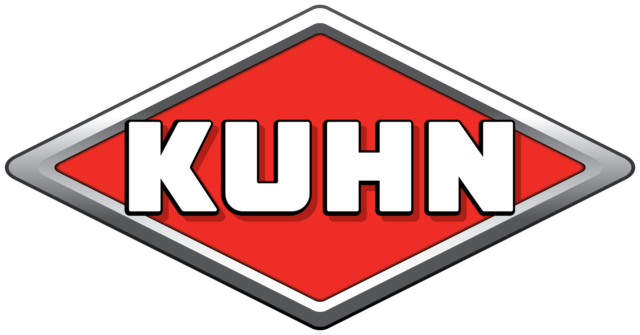Before antibiotics were commercially available, extracts from various plants were used to treat human aliments and diseases. With trial-and-error, man discovered which botanicals contained secondary metabolites that had antimicrobial properties.
Herbs and spices are a particularly rich source of compounds that display antimicrobial properties. Over 2,600 compounds have been identified and concentrated by mechanical pressure or steam distillation from herbs and spices. These compounds are called “essential oils,” not because they are true oils, but because they give off strong essences or fragrances due to their volatile properties.
The unique microbial ecosystem of the rumen allows cattle, sheep and goats to utilize feed materials that are poorly digested in the gastrointestinal tract of monogastrics. Microorganisms residing in the anaerobic environment of the rumen convert feeds, including cellulosic sources, to volatile fatty acids. These microbes also have the ability to synthesize essential amino acids from other nitrogen sources. While this fermentation process has many advantages, it also yields methane and ammonia, which are environmental pollutants and represent wasted nutrients. Modifying the rumen microbial population with certain antibiotics can reduce these environmental pollutants and significantly improve the efficiency of producing animal proteins.

The routine use of antibiotics for improved animal performance is a growing concern, which has lead to outright bans of the practice in some countries. These concerns have sparked renewed interest in feeding essential oil compounds as an alternative for modifying the rumen microbial ecosystem. Table 1 lists several of the key essential oil components that have been studied as potential rumen modifiers and plant sources of these components.
The ability of essential oil components to impact rumen microorganisms is largely due to their hydrophobic structures. This enables them to penetrate the lipid bilayer of certain types of bacterial cell walls and cause significant changes. When the cell membrane structure of the affected microorganism is disrupted, its ability to grow and multiply is inhibited. Gram-positive bacteria are particularly susceptible to hydrophobic compounds in essential oils.
Additionally, some essential oil compounds will bind with proteins and nucleic acids. An example of this is the ability of cinnamaldehyde to inhibit the enzymatic activity of Enterobacter aerogenes. This action helps explain why there is a reduction in deamination of amino acids and peptides when cinnamaldehyde is added to rumen fluid.
Garlic oil is a source of a particularly potent compound, diallyl disulfide (DADS). Including either garlic oil or DADS in an in vitro batch culture rumen fermentation trial produced similar effects on changing proportions of acetate, propionate and butyrate, as well as reducing methane relative to production of volatile fatty acids. This indicates that DADS is a key active ingredient in garlic oil.

The in vitro study shown in Table 2 showed that DADS and monensin both reduced the relative amount of methane and the acetate-to-propionate ratio. However, the mode of action for accomplishing is different because DADS increased butyrate, but monensin did not. It has been suggested that DADS targets the inhibition of specific methanogenic bacteria that have a unique cell membrane structure composed of glycerol linked to long-chain isoprenoid alcohols. A key enzyme responsible for the production of these isoprenoid units is known to be inhibited by DADS.
Essential oil compounds are extremely volatile and must be provided in a form that preserves their stability in feeds for an adequate period of time. A common and generally less expensive coating process is by spray cooling. The extracted oil is mixed with a liquid fat and then sprayed into a cooling chamber. When the spray droplets contacts a cool air environment, the droplets cools to a solidification temperature.
When no longer in a fluid state, the droplets further cool to give a stable solid particulate form. Another patented coating process involves absorbing the oil extracts on a silica core. Liquid fat is then sprayed on the core as it tumbles in a cooling chamber and crystallizes in a solid form. The results are a more uniform particle without “stickiness.” (See Figure 1.)

Essential oils include a broad array of secondary plant metabolites from a wide variety of botanicals. When determining the application of essential oils in modifying the rumen ecosystem, it is important to know the specific identification and amount of key components of interest. Also, the mixture of components is important since various compounds may have either positive or negative interactions with each other or with other feed additives. When selecting an essential oil product to add to the ration, it is important to select one that has been proven to provide consistent results. For those that are interested in more details on types, sources and modes of action of essential oil compounds, an excellent review has been written by Calsamiglia, et.al. 2007. PD
References omitted due to space but are available upon request by sending an email to editor@progressivedairy.com.
Richard Goings is a dairy specialist withVigortone Ag Products. Email Richard Goings.




